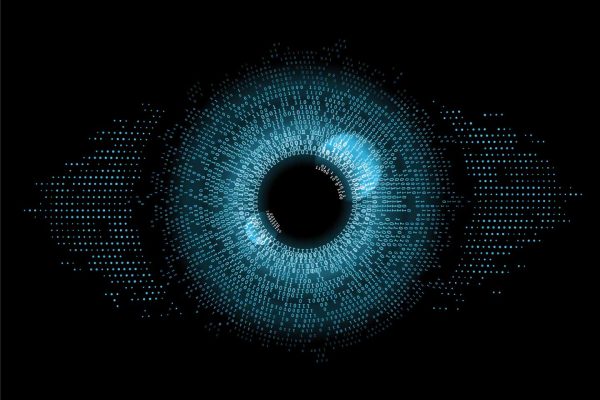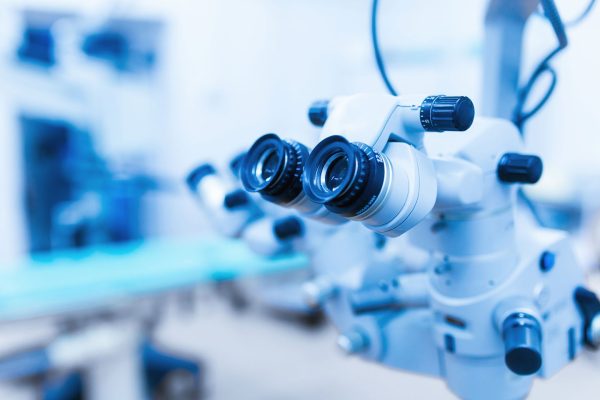Drug Delivery
Posterior Segment Drug Delivery
Controlled release systems for drugs to treat retinal diseases are a challenge not yet overcome. We combine the expertise of the Uhl Lab 
Currently we are focused on PLGA, PLA and liposomal nanoparticles. These particles are combined with our patented hydrogel platforms to form an advanced drug reservoir. Next to the in-vitro development, an in-vivo porcine model with a fully functional vitreoretinal surgery unit is used to test protoypes.

Figure: A) Flow in the vitreous body causes a highly fluctuation and therefore a faster elimination of the nanoparticles in the eye. B) Hydrogels can be designed to release the nanoparticles by diffusion and consequently sustain the release. C) Phases of drug release in PLGA particles.
Additionally, we regularly conduct studies to elucidate the influence of currently used endotamponades on the pharmacokinetics of commonly intravitreally applied drugs.
Using methodologies like a posterior segment eye model, HPLC, ELISAs, circular dichroism and dynamic light scattering.
We offer different projects as a master thesis for molecular biotechnology students at Heidelberg University. This a collaborative offer together with Prof. Uhl (IPMB Heidelberg, Uhl Lab ↗ ) and Prof. Mier (Radiopharmaceutical Chemistry ↗)
Dr. Hammer is an advisor for the projects and all groups work closely together.
Please check our open positions → to contact us!







